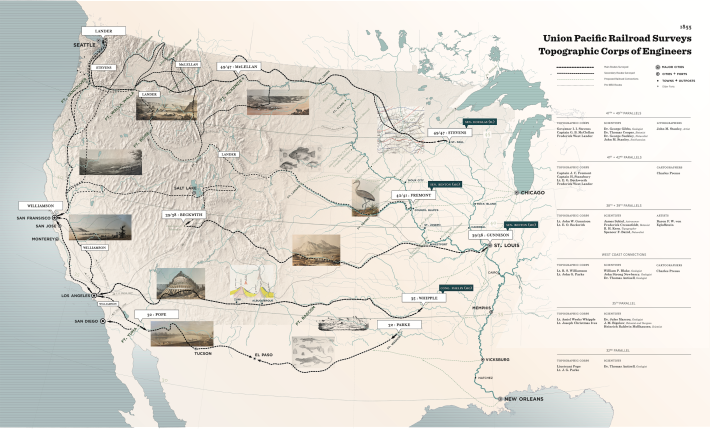Iman Ansari’s “An Architecture Variant” Published in Places Journal
Assistant Professor of Architecture Iman Ansari's “An Architecture Variant” was inlcuded in Places Journal’s “Field Notes on Design Activism.” The publication is Places’ fifth narrative survey spotlighting educators and practitioners from across the world.
If modern architecture in the previous century positioned itself around the idea of health in relation to a medical body, architectural discourse today has to realign itself towards the notion of health on a medicalized planet. We need new theoretical and pedagogical models that allow us to move beyond existing binary approaches, which present the world in terms of conflicts and contradictions: nature versus culture, organism versus mechanism, biology versus technology, physical versus virtual, etc. We must instead move towards radical and holistic propositions that consider the environment as an extrasomatic extension of the self, a reflexive domain that is at once natural and artificial, social and technological, local and global.
A possible way to achieve this symbiosis is to begin at human scale, and to take a closer look at the small and seemingly insignificant objects and devices that surround us, from the basic elements of architecture, building technologies, and systems of environmental control, to furniture and fixtures: office chairs and wheelchairs, toilets and fire escapes, doorknobs and handrails. Beyond artifacts of material culture, each of these standardized objects prescribes an operational sequence and user behavior that, while singular and local, are also universal and global. To reimagine these sociotechnical objects is not only to redefine the basic ingredients of architecture, but also to reconfigure the way we move within and interact with the environment, the way we live and thrive on earth. It is for architecture to evolve and mutate.
Read more at Places Journal



